
How much does a CPC certification cost?
Toys exported to the United States require CPC Certification to be sold in the U.S. market. The cost of obtaining CPC certification for toys mainly depends on the material of the product. Products with more materials will cost more. If there are multiple materials, bundled testing may reduce costs. Typically, the cost for Monica to process CPC certification is around 1000$-1500$, but the exact price depends on your specific product.
Regulations for Toys in the U.S. Market
Toy products are strictly regulated in the U.S. When listing on the Amazon Americas platform, a CPC certificate is mandatory. U.S. laws require all toys intended for children 12 years and younger to undergo third-party testing and obtain CPC certification. This ensures compliance with the U.S. federal toy safety standards and other applicable requirements established by Congress.
CPC Testing Items
Toys:
1. CPSIA: Total lead and phthalates
2. ASTM F963: Toy safety standards
3. 16 CFR Part 1501: Small parts (already covered under ASTM F963)
4. 16 CFR Part 1510: Rattles (specific to rattles; already covered under ASTM F963)
Children's Apparel:
a. CPSIA: Total lead and phthalates
b. 16 CFR Part 1501: Small parts
c. 16 CFR Part 1610: Flammability of clothing textiles
d. 16 CFR Part 1615: Flammability of children's sleepwear, sizes 0-6X (specific to children's sleepwear)
e. 16 CFR Part 1616: Flammability of children's sleepwear, sizes 7-14X (specific to children's sleepwear)
Common CPC Certification Standards for Amazon Products
- Bedside Cribs: ASTM F2906-13 and CPSIA (lead, phthalates)
- Toddler Beds: ASTM F1821-16 and CPSIA (lead, phthalates)
- Full-Size Baby Cribs: ASTM F1169-19 and CPSIA (lead, phthalates)
- Non-Full-Size Baby Cribs: ASTM F406-19 and CPSIA (lead, phthalates)
- Cradle-Type Baby Cribs and Cradles: ASTM F2194-16e1 and CPSIA (lead, phthalates)
- Safety Gates and Enclosures: ASTM F1004-19 and CPSIA (lead, phthalates)
- High Chairs: ASTM F404-18a and CPSIA (lead, phthalates)
- Baby Rockers: ASTM F2167-19 and CPSIA (lead, phthalates)
- Stationary Activity Seats: ASTM F2012-18 and CPSIA (lead, phthalates)
- Infant Swings: ASTM F2088-13 and CPSIA (lead, phthalates)
- Children's Bicycle Helmets: 16 CFR § 1203, ASTM F1898, astm f1447, or Snell B-90A/B-95; plus CPSIA (lead, phthalates)
- Ski and Snowboard Helmets for Children: ASTM F2040, Snell RS-98/S-98; plus CPSIA (lead, phthalates)
- Bicycle Helmets: 16 CFR § 1203, ASTM F1447, or Snell B-90A/B-95
- Ski and Snowboard Helmets: ASTM F2040, CSA Z263.1, or Snell RS-98/S-98
- Baby Feeding Products: CPSIA (lead, phthalates)
- Baby Bath Seats: ASTM F1967-19; plus CPSIA (lead, phthalates)
- Baby Bathtubs: ASTM F2670-18; plus CPSIA (lead, phthalates)
- Strollers and Baby Carriages: ASTM F833-15; plus CPSIA (lead, phthalates)
- Baby Changing Products: ASTM F2388-18; plus CPSIA (lead, phthalates)
- Climbing Carabiners: ANSI/ASSE Z359.12-2009, ASTM F1774, or UIAA 121
- Infant Carriers: ASTM F2050 and 49 CFR 571.213
- Booster Seats (without backs and secured by belts): 49 CFR 571.213
- Forward-Facing Child Restraint Systems: 49 CFR 571.213
- Rear-Facing Child Restraint Systems: 49 CFR 571.213
- Travel Systems (foldable child restraint systems, including systems with strollers): ASTM F833-15, ASTM F2050, 49 CFR 571.213
Children's Jewelry: astm f2923-14, CSPA phthalates and cadmium, and small parts warning
Children's Backpacks: CPSIA lead, CSPA phthalates and cadmium, 16 CFR 1500.50, and small parts warning
Children's Book Covers: CPSIA lead, CSPA phthalates and cadmium, and small parts warning
Children's Lunch Bags/Boxes: CPSIA lead, CSPA phthalates and cadmium, 16 CFR 1500.50, and small parts warning
Children's Pencil Cases/Bags: CPSIA lead, CSPA phthalates and cadmium, 16 CFR 1500.50, and small parts warning
Children's Lower Garments with Drawstrings: ASTM F1816-18 and CPSIA
Fidget Spinners: ASTM F963-17, CPSIA, and small parts warning
Fire and Smoke Masks: OSHA 29 CFR 1910.134 standards and/or ASTM E2952-14
Children's Invisible Ink Pens: ASTM F963-17 (toys), CPSIA (lead, phthalates), and small parts warning
Magnetic Clay: ASTM F963-16 or 17, CPSIA phthalates
Magnetic Building Blocks: ASTM F963-17 (toys), CPSIA (lead, phthalates), and small parts warning
Children's Soft and Squishy Toys: ASTM F963-17 (toys), CPSIA (lead, phthalates), and small parts warning
Bedside Cribs: 16 CFR § 1222, ASTM F2906-13, 16 CFR § 1303, 16 CFR § 1307, 15 U.S.C. § 1278(a)
Children's Sleepwear (9 months to 6 years): 16 CFR § 1615 or ASTM D6545-18; 16 CFR § 1610, § 1611 (if applicable); and CPSIA (lead, phthalates)
Children's Sleepwear (7 to 14 years): 16 CFR § 1615 or ASTM D6545-18; 16 CFR § 1610, § 1611 (if applicable); and CPSIA (lead, phthalates)
Trampolines: ASTM F381-16
Booster Seats: ASTM F2640-18 and CPSIA (lead, phthalates)
Folding Chairs and Stools: ASTM F2613-19 and CPSIA (lead, phthalates)
Children's Backpack Carriers: ASTM F2549-14a and CPSIA (lead, phthalates)
Baby Play Yards: ASTM F406-19 and CPSIA (lead, phthalates)
Portable Bedside Rails: ASTM F2085-19 and CPSIA (lead, phthalates)
Portable Hook-On Chairs: ASTM F1235-18 and CPSIA (lead, phthalates)
Baby Carriers: ASTM F2907-19 and CPSIA (lead, phthalates)
Soft Infant Carriers: ASTM F22360-16a and CPSIA (lead, phthalates)
Teething Toys: ASTM F963-17 and CPSIA (lead, phthalates)
Products Requiring CPC Testing
Bicycles, bicycle helmets, children's beds, baby walkers, baby bath seats, baby bathtubs, baby swings, diaper-changing products, baby rockers, strollers and carriages, pacifiers, electric toys/items, rattles, cradles and bassinets, bedside cribs, booster seats, children's folding chairs and stools, framed strollers, high chairs, full-size cribs, hand-held baby carriers, high chairs, children's sleepwear, textile garments, mattresses, carpets, toys, and more.
CPC Testing Standards
1. CPSIA Total Lead and Phthalates
2. U.S. Toy Standard ASTM F963
3. Electrical Toy Safety Standard 16 CFR Part 1505
4. Rattle Toy Requirements 16 CFR Part 1510
5. Pacifier Safety Standard 16 CFR Part 1511
6. Children's Clothing and Carpet Flammability Standards, such as 16 CFR Part 1610
7. Juvenile Products Standards: strollers, cribs, play yards, carriers, safety seats, bicycle helmets, etc.
Amazon's CPC (Children's Product Certificate) Requirements
1. Product name and description
2. All applicable regulations and standards for the product
3. Importer or manufacturer information, including name, address, and phone number
4. Contact information of the records holder for testing results supporting the certificate: name, address, email, and phone number
5. Product manufacturing date and address, with the date specified to the month and year, and the address to the city level
6. Date and location of testing or the test report on which the certificate is based
7. Third-party testing laboratory information
8. Each consumer product safety regulation that serves as the basis for the certification
How Long Does It Take to Obtain CPC Certification for Toys in the U.S.?
Typically, it takes 5–7 business days. If the test fails, additional samples must be provided for retesting, which adds to the time.
Why CPC Certification Fails
CPC certification submissions often fail due to incomplete or mismatched information. Common reasons include:
1. Mismatched SKU or ASIN information
2. Certification standards not matching the product
3. Missing U.S.-based importer information
4. Laboratory information errors or unrecognized labs
5. CPSIA warning attributes not filled in on the product listing page
6. Missing safety information or compliance marks (e.g., tracking labels)
Consequences of Not Obtaining CPC Certification
The U.S. Consumer Product Safety Commission (CPSC) has become more proactive in coordinating with government agencies and customs.
1. If U.S. Customs selects a shipment for inspection, it may be detained until CPC certification is submitted.
2. If Amazon removes a listing, you must submit CPC certification and pass the review for the listing to be restored.
How to Verify a Third-Party Lab's CPC Credentials
Amazon and U.S. Customs only accept CPC testing reports from recognized labs. To verify:
1. Confirm if the third-party lab is authorized by the CPSC.
2. Ask for the CPSC authorization number.
3. Visit the U.S. CPSC website and enter the authorization number to confirm the lab’s credentials.
Email:hello@jjrlab.com
Write your message here and send it to us
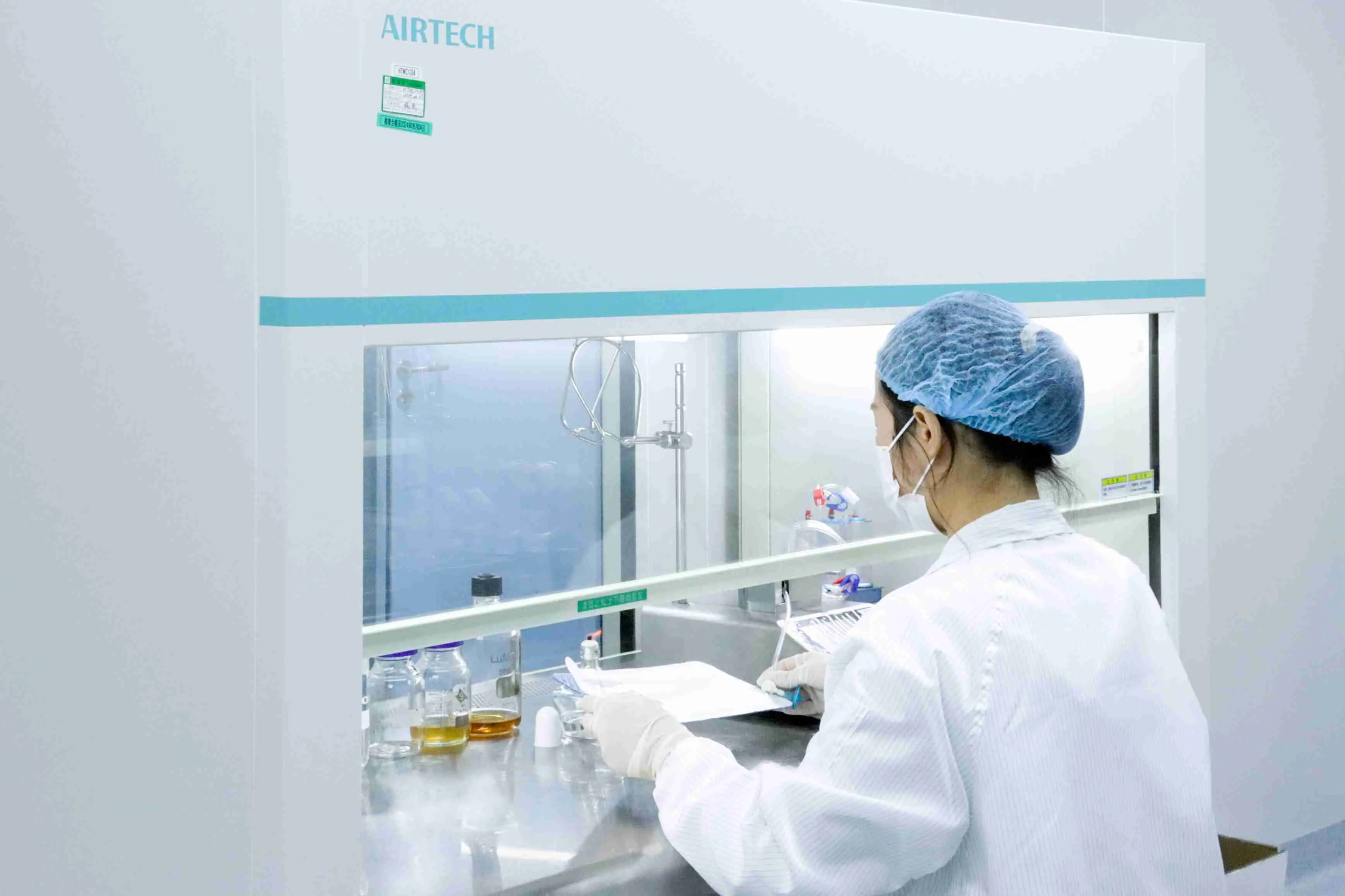 ISO 10993-5 Tests for In Vitro Cytotoxicity
ISO 10993-5 Tests for In Vitro Cytotoxicity
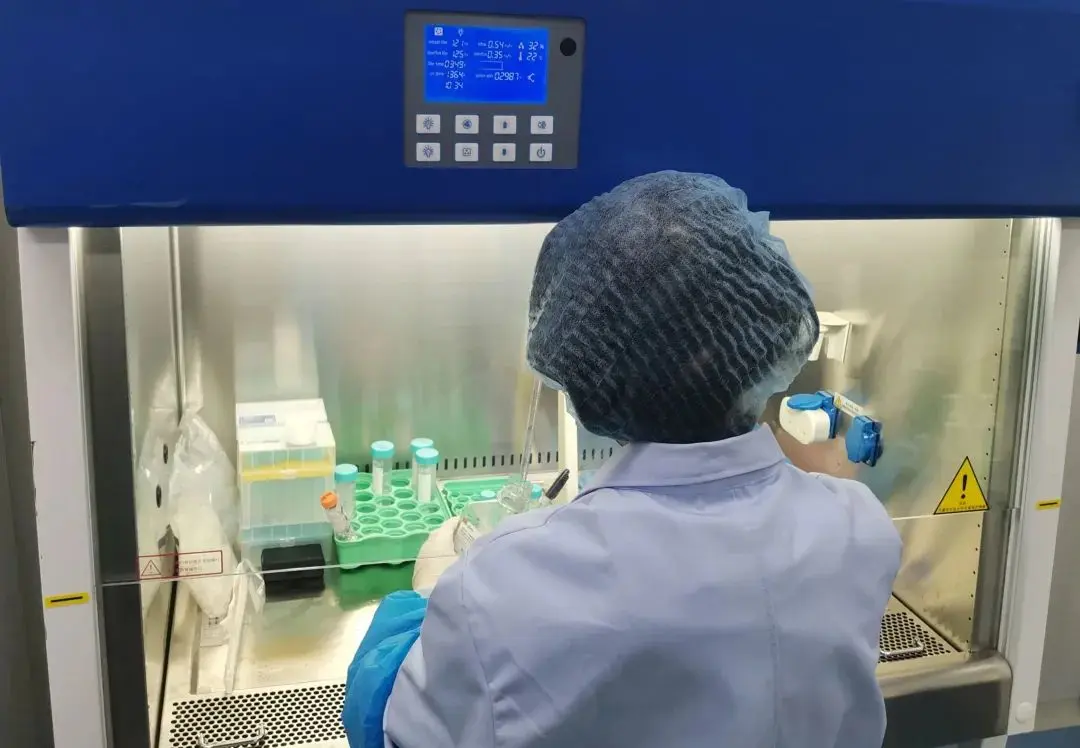 FDA Designated Cytotoxicity Testing Laboratory
FDA Designated Cytotoxicity Testing Laboratory
 Cytotoxicity Testing Labs
Cytotoxicity Testing Labs
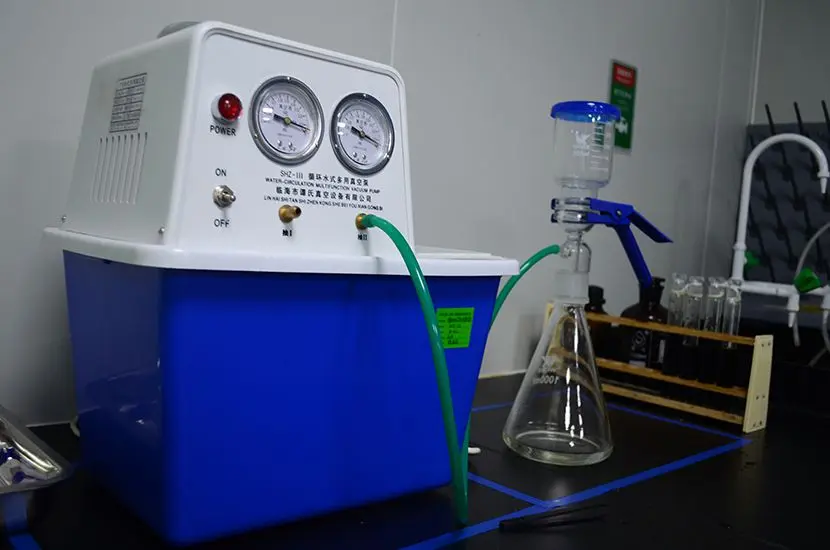 Introduction to UL94 Flammability Testing
Introduction to UL94 Flammability Testing
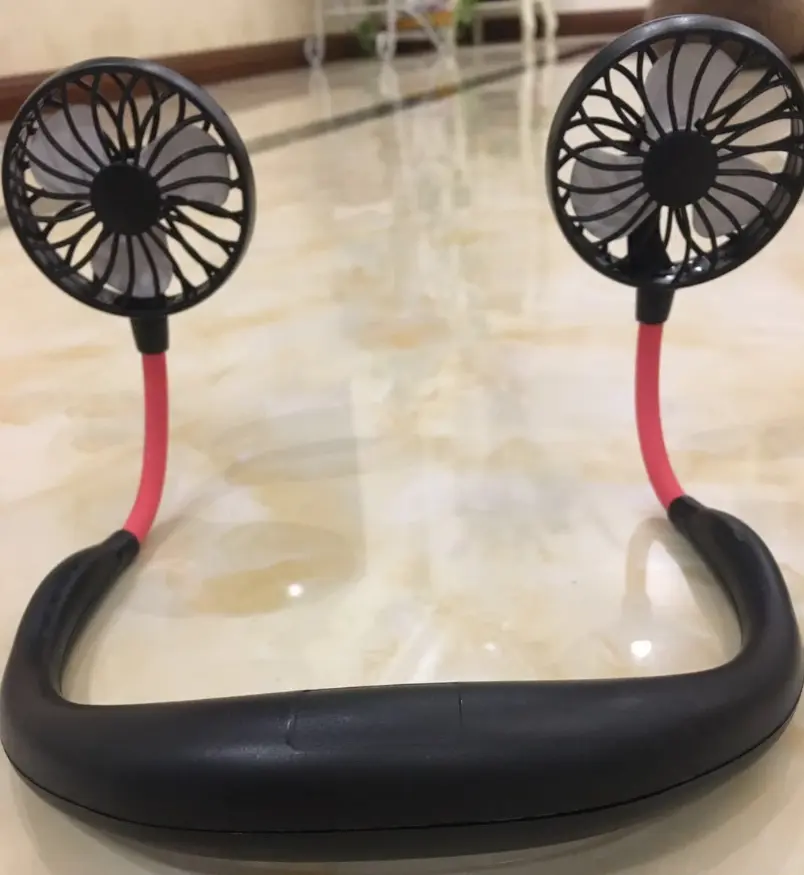 Canada Electrical Product Compliance Certification
Canada Electrical Product Compliance Certification
 Button Battery 16 CFR Part 1263 and ANSI/UL 4200A
Button Battery 16 CFR Part 1263 and ANSI/UL 4200A
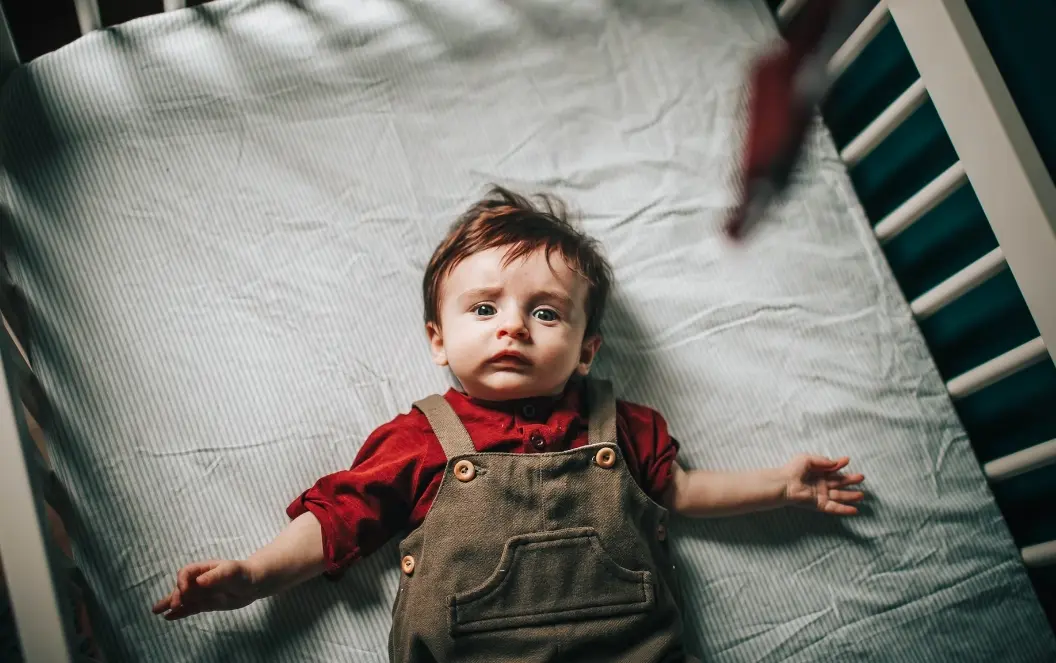 American Certification Testing for Baby Walkers
American Certification Testing for Baby Walkers
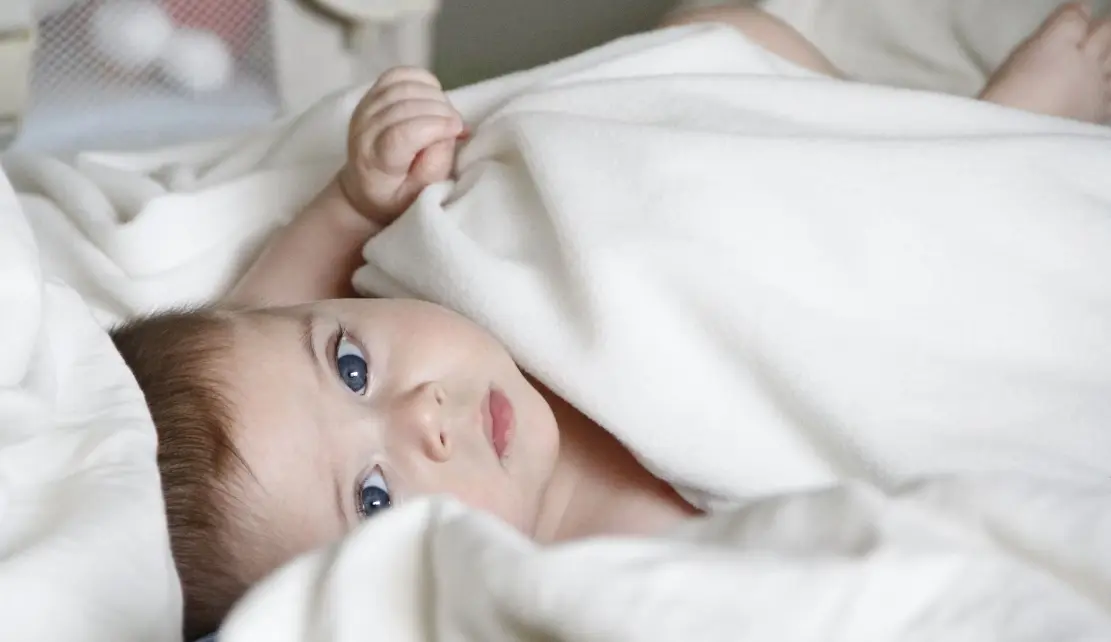 Baby and Children's Products EU & US Certifica
Baby and Children's Products EU & US Certifica
Leave us a message
24-hour online customer service at any time to respond, so that you worry!




